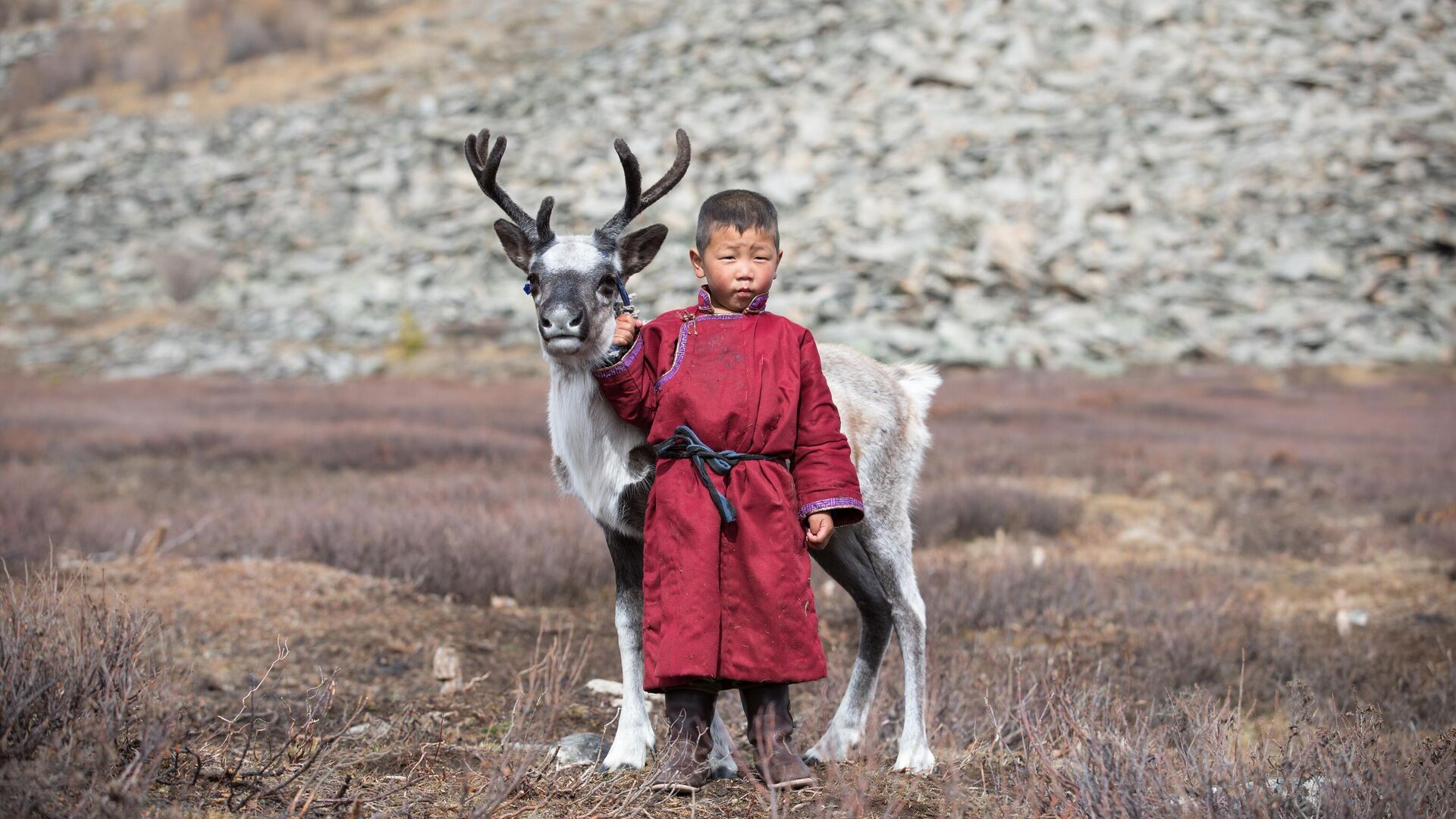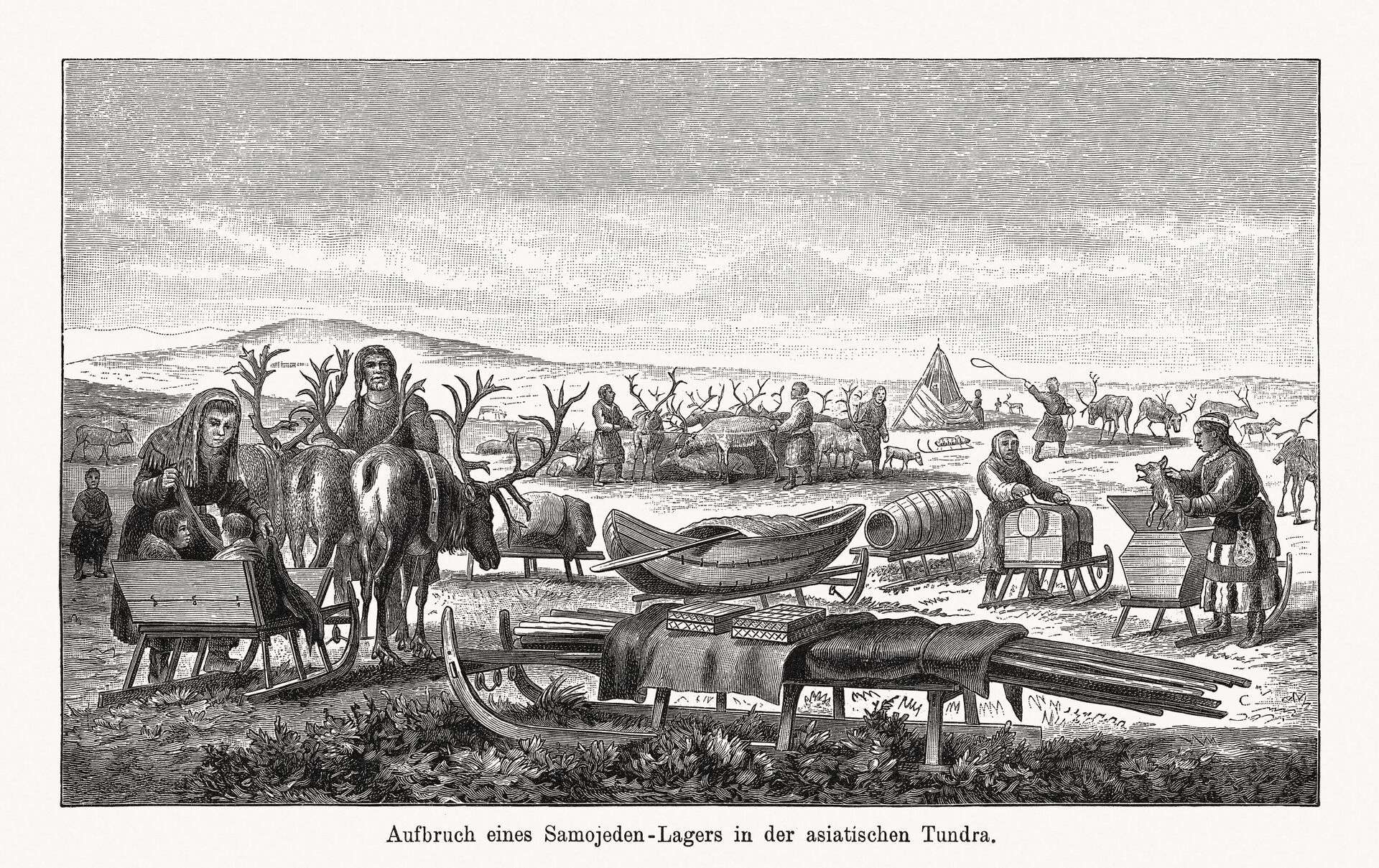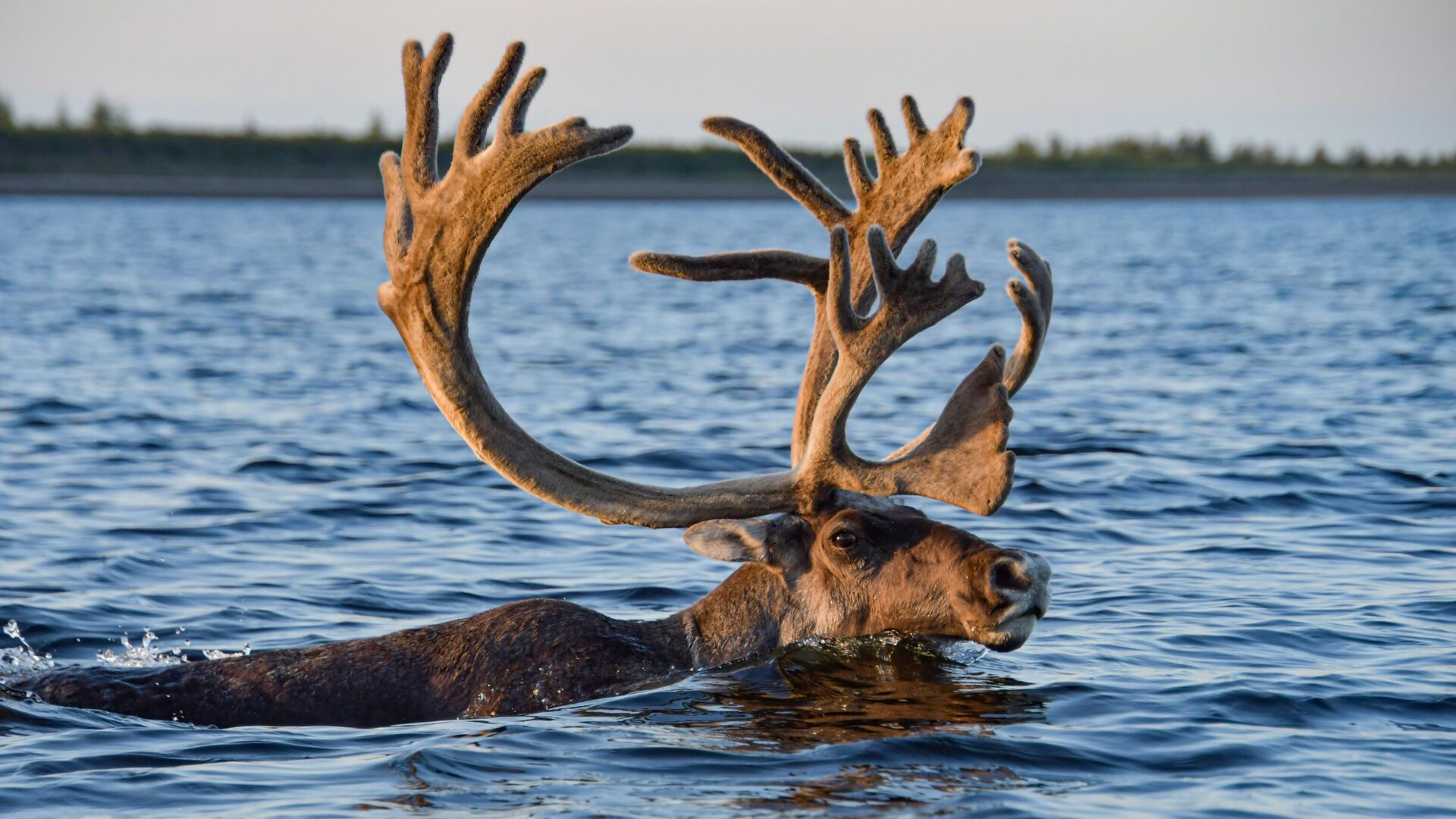
MOSCOW, June 5. The main reason for the failure of the Orthodox mission among the indigenous inhabitants of the Trans-Ural tundra in the first half of the 19th century was established at Tyumen State University (TSU). According to the author of the study, the main factor was the phase change in the climate of the region, which adversely affected the traditional economic structure of the population. The results are presented in the publication «Russian History».
As reported at the university, missionary activity in the far north of the Trans-Urals (Lower Ob region) began in December 1828 with the decree of the Holy Synod “On the establishment of missionaries in the Tobolsk and Kazan dioceses for the conversion of Gentiles to Orthodoxy.”
Fulfilling this decree, Archbishop Eugene (Kazantsev) initiated the Obdorsk Orthodox mission in 1832, which turned out to be one of the most unsuccessful attempts at Christian preaching in the Trans-Ural tundra. It lasted only eight months, and thanks to it only 17 people were baptized.
“This, obviously, was a consequence of the “extreme embitterment of foreigners,” which was most likely based not on spiritual, but on material reasons. To what extent is it possible to separate the spiritual from the material in traditional culture,” explained the author of the study, associate professor of the department of history of the Institute of Social Sciences. of Humanities, Tyumen State University Sergey Turov.
He noted that in the last third of the 18th century, northern Eurasia became noticeably warmer as the ascending phase of the Little Ice Age began.
“
“Warming has not had the best effect on the food supply of reindeer husbandry. In mild winters, thaws often occur, fraught with ice or the formation of dense crust: it has become more difficult for deer to obtain food. In hot, dry summer weather, moss grows poorly, which is also destroyed by landscape fires. It takes decades to restore reindeer moss in the tundra,” said Turov.
The tundra deer, the basis of the local economy, is poorly adapted to high summer temperatures, the specialist specified. In the dry, hot summer there are a lot of blood-sucking insects in the tundra, and the rut (mating season for animals) goes poorly. As a result, animal mortality increases in the winter and spring months, and weak offspring are born.
In the 1830-1840s, this was also accompanied by almost continuous epizootics (the spread of an infectious disease among one or many species of animals) of anthrax.
According to the expert, the impoverished inhabitants of the tundra sought a way out through migration and banditry, which led to inter-clan and inter-ethnic clashes. The crisis of the way of life triggered the actualization of traditional beliefs “in nature.” So the task of Christian education of the aborigines of the North became extremely complicated. The governor of the region recommended that the mission be curtailed.
In the mid-1840s, the situation in the North gradually returned to normal: nature and the traditional economic structure came to a state of equilibrium in the changed climate. And in 1854, the Synod supported the initiative of the local government to renew the mission in Obdorsk, which existed until the establishment of Soviet power in the region and, on the whole, acted quite successfully.
The university noted the similarity of environmental problems that arose due to the warming in the Trans-Ural tundra in the 19th century and its current state.
«Notable problems in the Yamalo-Nenets Autonomous Okrug tundra began in 2013-2014, when abnormal heat led to black ice («ice year»), as a result of which about 100,000 reindeer died. Since then, ice has become an almost annual occurrence. Reindeer deaths are becoming more frequent, reindeer herders complain about the «crowding» in the tundra due to the reduction of migration routes,» Turov said.
He added that in 2016, for the first time in many years, an anthrax epizootic occurred in the region, and in 2017, a powerful migration of wild reindeer began, which took domestic ones with them. Since 2017, there have been mass attacks of Arctic foxes on newborn calves, leading to losses of young animals from 10 to 30 percent.


























































Свежие комментарии